When Nissan Philippines invited me over to one of its series of pocket sessions involving its latest e-POWER technology, I knew something special awaited. And I also knew then that we’re getting our hands on the all-new Kicks e-POWER despite the unit being covered in camouflage.
Now, the Japanese company has given us the green light to announce this: the 2023 Nissan Kicks will be officially arriving in local showrooms in August. And more importantly, we’ve been given a preview of the Kicks without the blue concealment.
Of note, Nissan Philippines hasn’t provided us with the exact specifications of the Nissan Kicks, but we do know that it will arrive with three variants.
A Kick-Ass Design
In the metal, the 2023 Kicks actually looks better than what we saw in photos. Compared to the now-defunct first-generation Juke, the Kicks have better proportions that fit the general definition of beauty without losing the sense of bold styling.
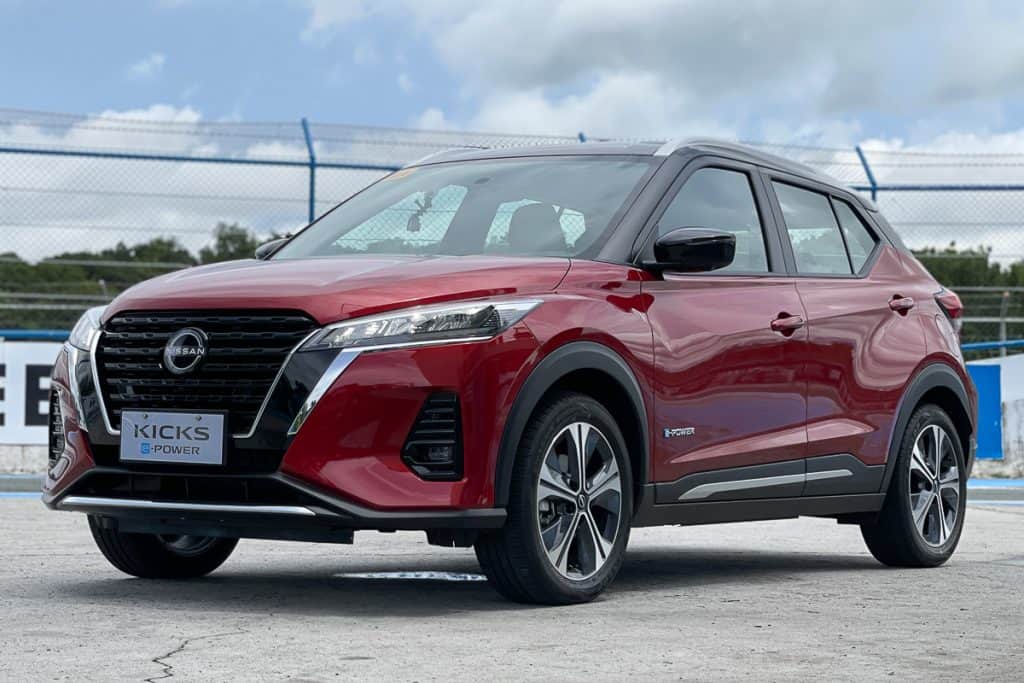
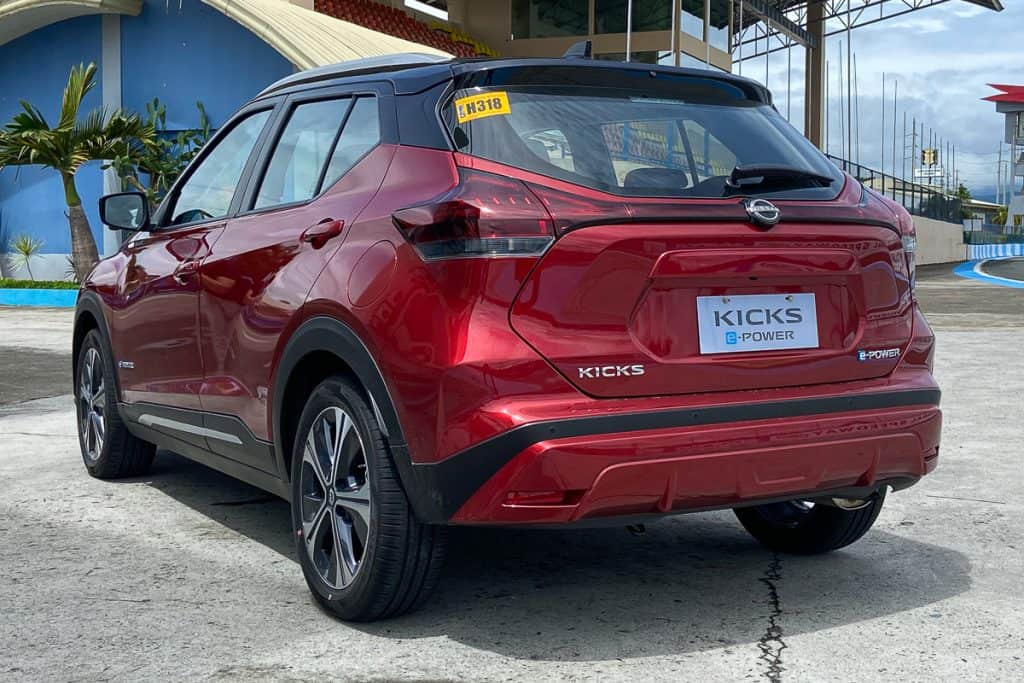
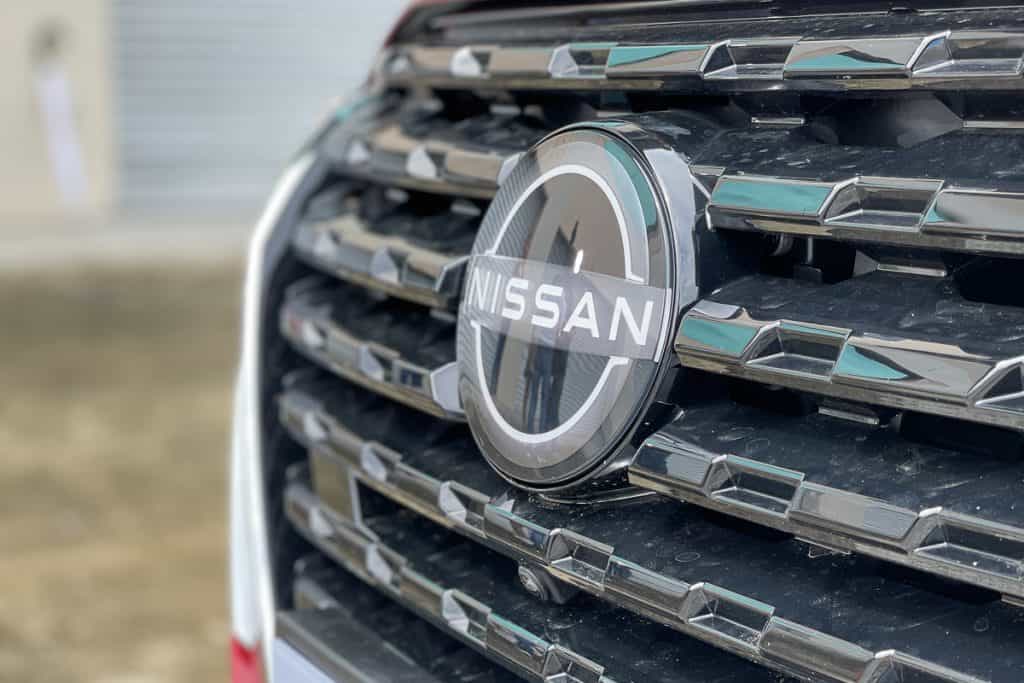
A sharp front fascia, a huge grille, and an LED light strip at the rear – the Kicks fit the modern design ethos found on most cars these days. Although, I couldn’t help but compare the Kicks to the new Almera. It’s like the crossover version of the small sedan; the similarities are uncanny, I reckon.
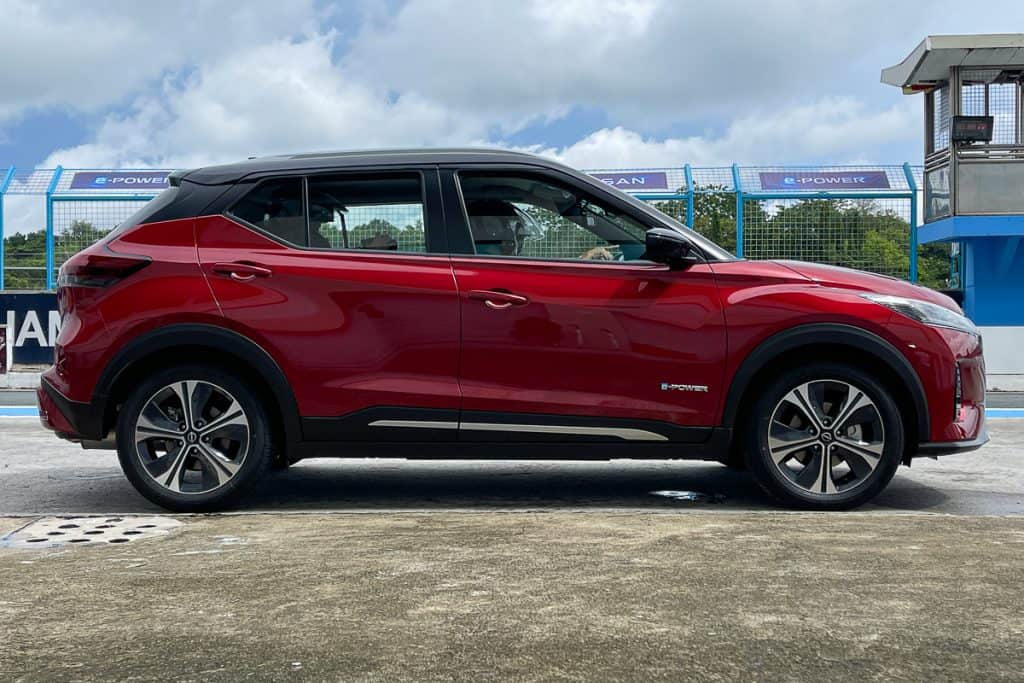
The Kicks is also the second Nissan in the Philippines to wear the updated emblem of the Japanese automaker, following the lead of the Patrol.
Inside, the similarities between the Almera and Kicks continue, save for the center console area where the crossover has a different layout because of its e-POWER setup. This isn’t a bad thing as both the Almera and Kicks come with an intuitive and ergonomic cabin layout. In short, it’s easy to feel at home inside both of these vehicles.
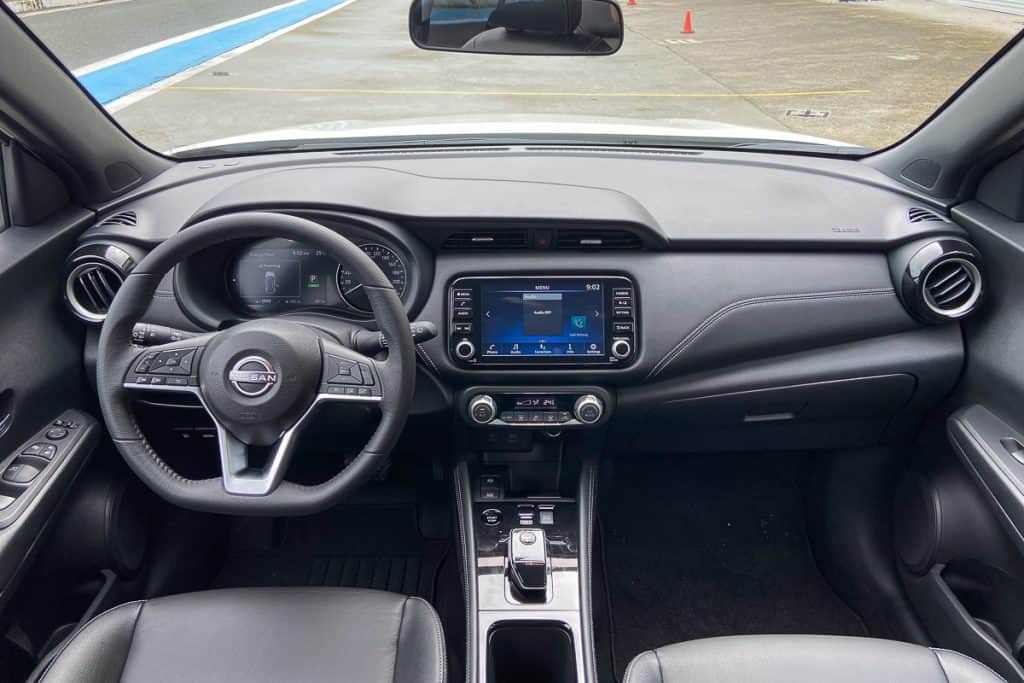
Meanwhile, the Kicks has better rear legroom than the Almera, though the crossover has a tad disadvantage in terms of headroom, especially for taller passengers. Vertical trunk space is also better with the Kicks given that it has a removable tonneau.
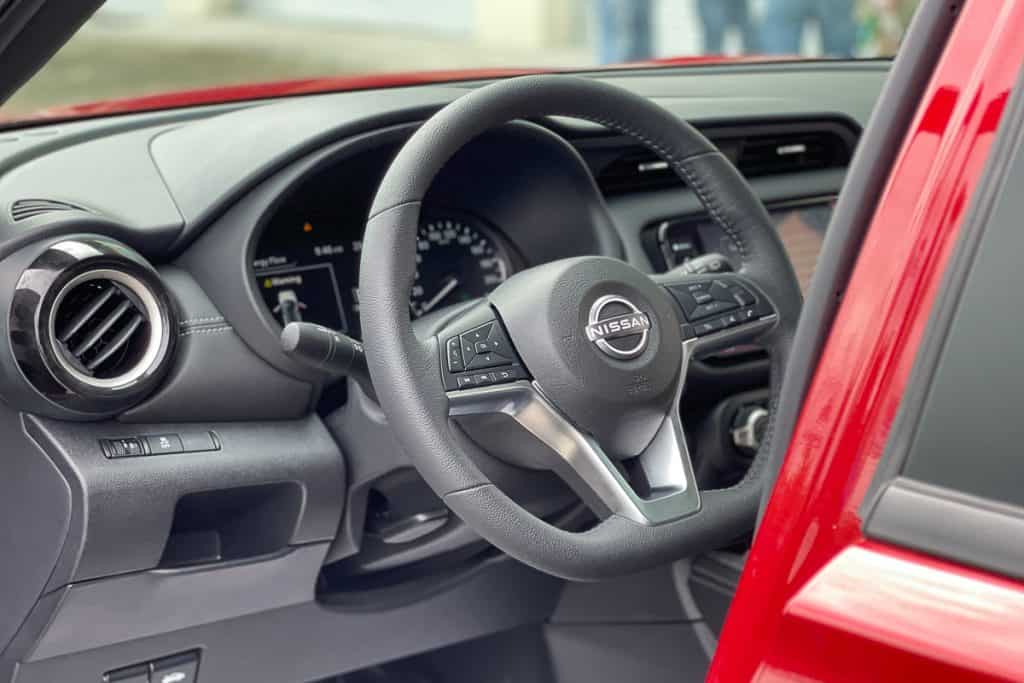
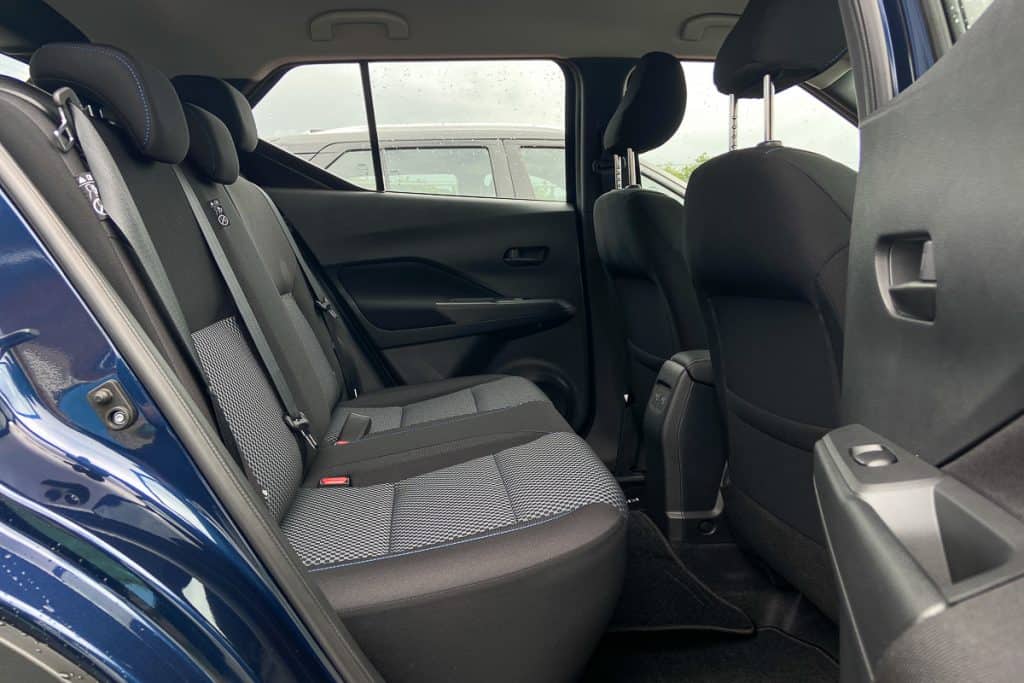
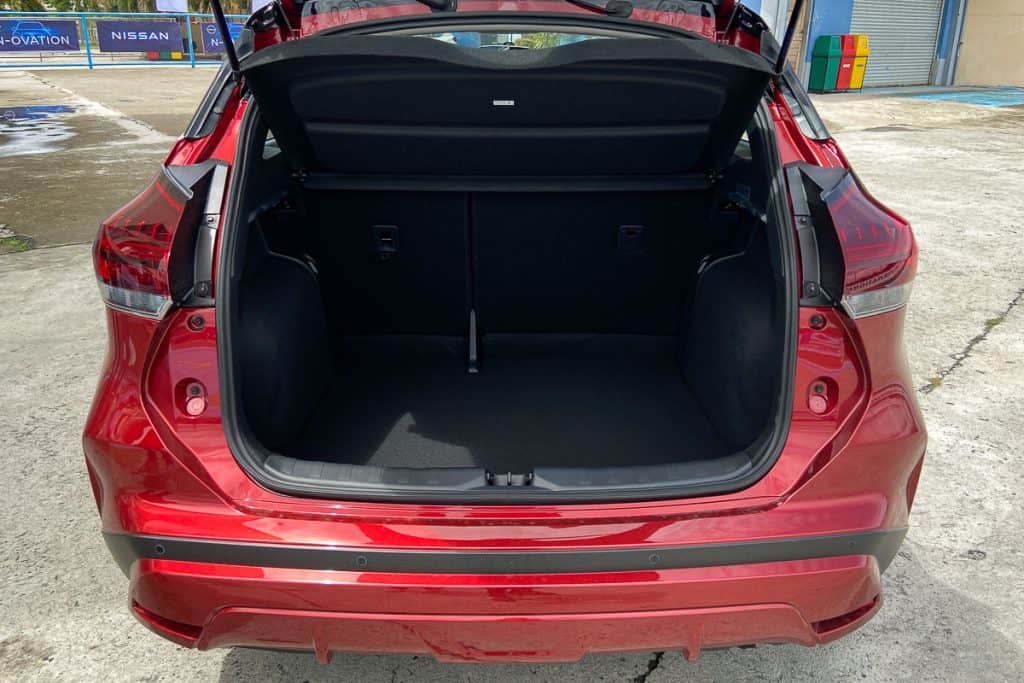
Another trait that the Kicks share with the Almera is the engine under the hood. The Kicks e-POWER is equipped with an HR engine (a family to the Almera’s 1.0-liter mill). There’s one key difference, though – the engine in the Kicks has absolutely no mechanical interaction with the wheels. It’s just there to act as a generator to charge the battery that provides the juice for the electric motor.
Kicks e-POWER on the Road
With only the electric motors motivating the wheels, you might expect the Nissan vehicle with e-POWER to drive like an EV – and it did. After a quick drive with the test vehicle, I can say that the experience was like driving a pure EV. Benefits include a pretty quiet drive (especially in EV mode) and a low center of gravity with the battery positioned low in the body.
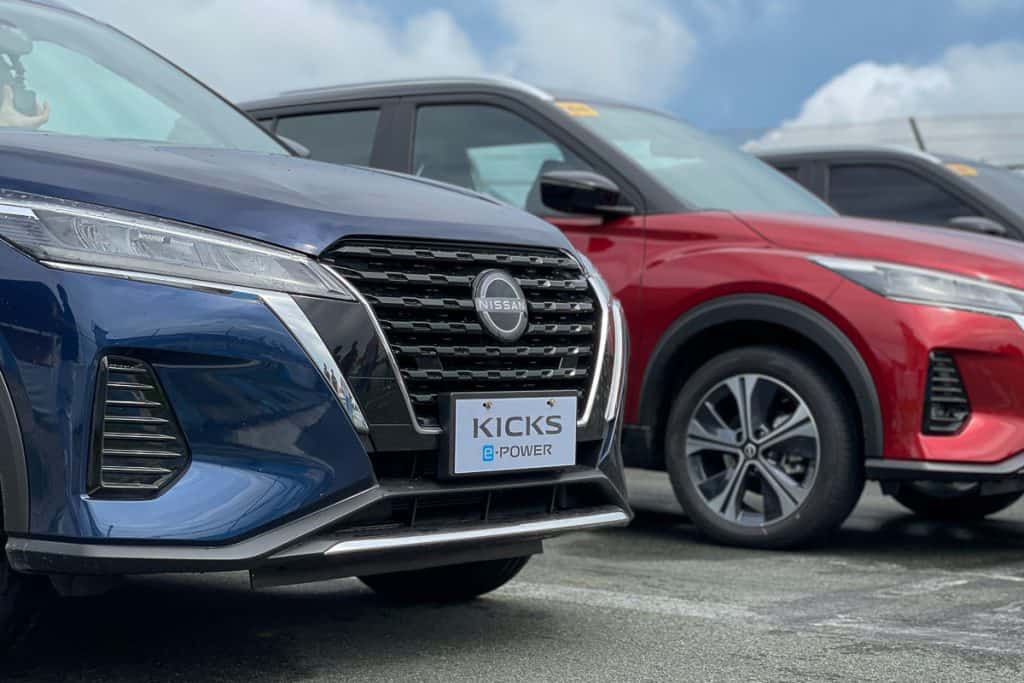
In fact, even when the engine came to life to charge the batteries, the ICE worked quite silently in the background, easily drowned by music.
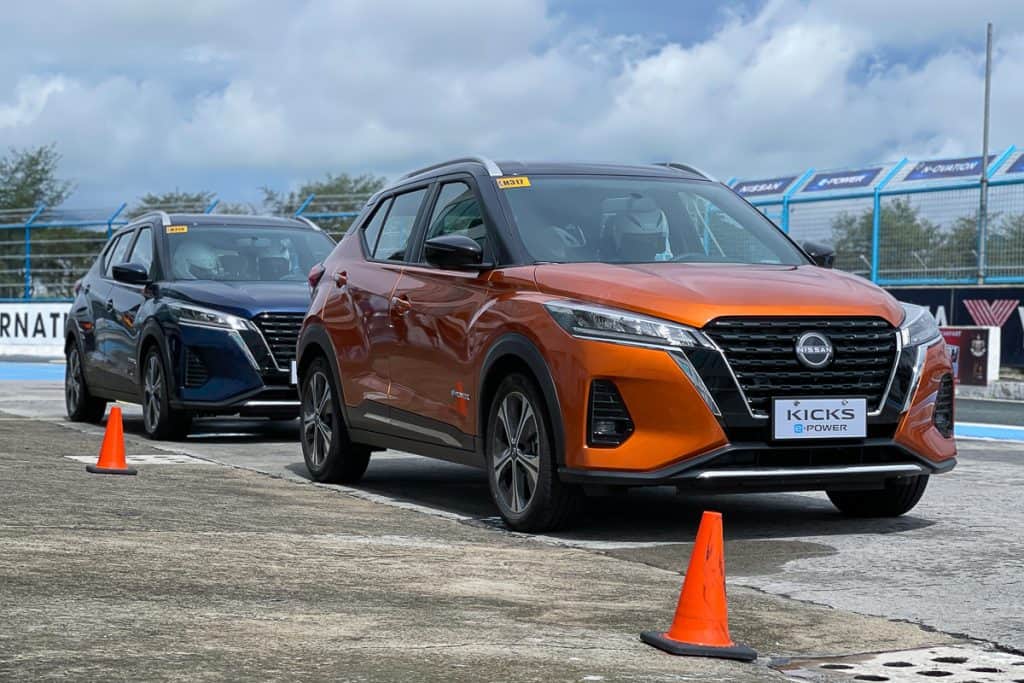
Another benefit of the EV-like drive was the instantaneous torque from the motors. As the motors were connected directly to the drive shaft, there wasn’t a need for a transmission, ergo, eliminating power loss.
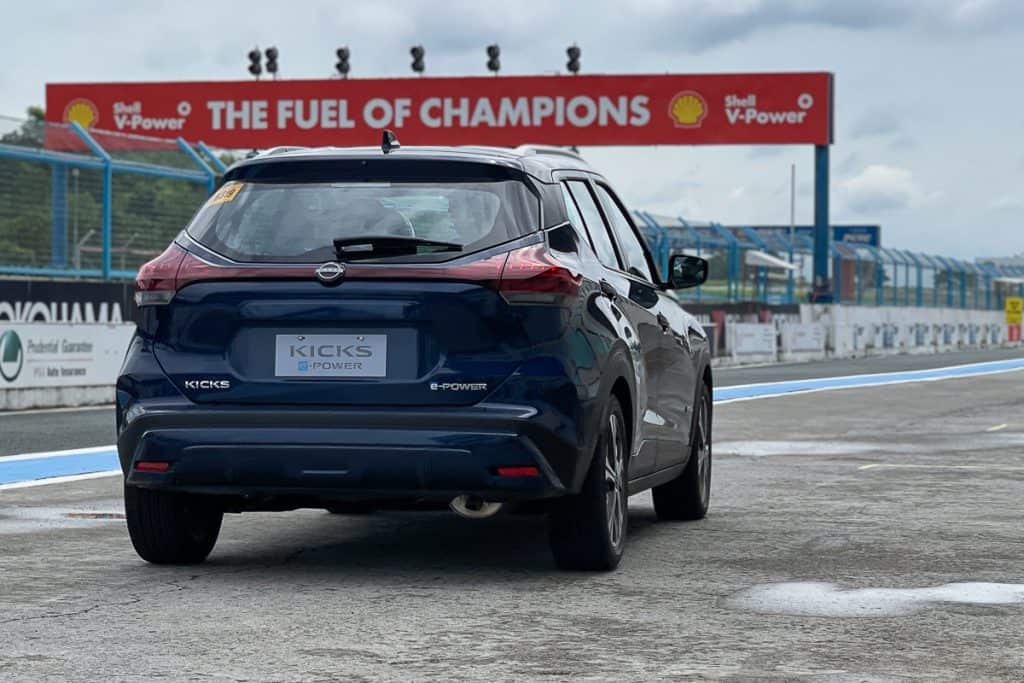
This was demonstrated by letting us floor the accelerator while in Sport mode on straight sections of Clark International Speedway. I felt an immediate surge of pull, which meant that I had to get comfy with the headrest. The engine also revved in proportion to the accelerator input, not only to keep the battery charged up but also to add an exciting, sporty feeling for the driver.

Without bearing the penance of running the wheels and dealing with traction, this means the ICE is running on optimal levels, hence maximizing fuel efficiency. Nissan claims up to 23.8 fuel economy figures for the Kicks e-POWER, city and highway combined. We have yet to test these numbers in the real world, but you’ll surely hear from me when that happens.
Kicks e-POWER and EVs: Differences
Despite driving like an EV, the Nissan e-POWER prototype removes the most important factor of EV ownership – range anxiety. That’s because Nissan e-POWER-equipped vehicles don’t need charging, which means you don’t need to panic if your battery’s drying out; the system charges itself and won’t let you run it out during EV mode. You don’t need to find a charging station, which, in our case in the Philippines, is still relatively non-existent (with only a few far in between).
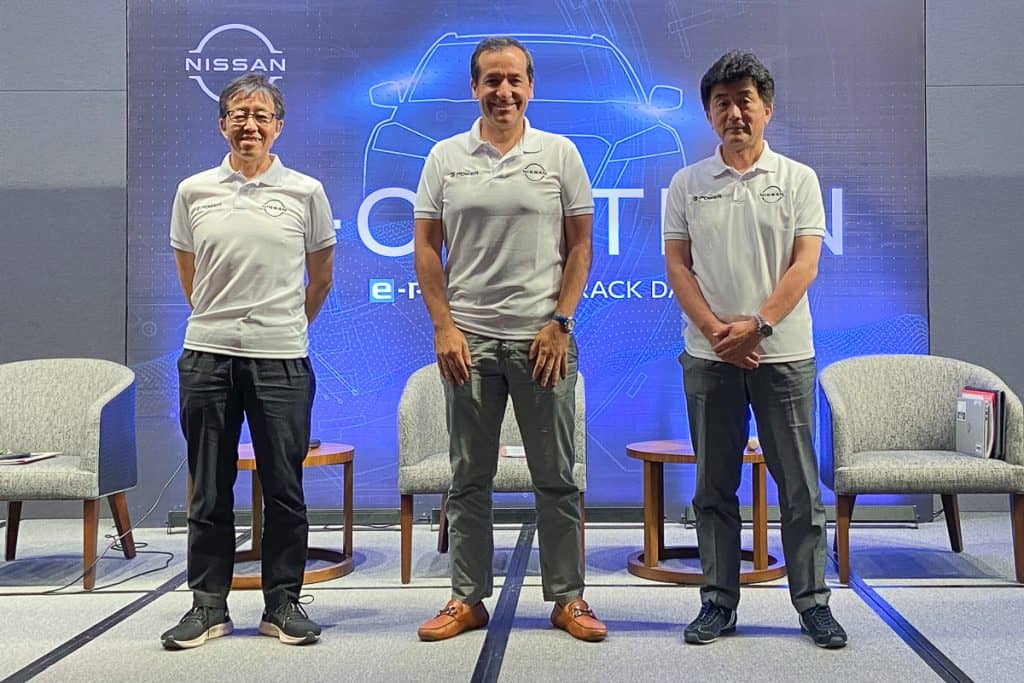
Driving the Nissan e-POWER is just like driving a conventional ICE-powered vehicle; only more efficient, ergo, fewer trips to fuel stations.
Benefits of E-Pedal system
The main point of the ride and drive event in Clark is to test the Kicks e-POWER’s E-Pedal system, similar to the one found in the LEAF EV. In a nutshell, it’s like driving with only just one pedal, even at speeds.
We drove the Kicks on straights, curves, uphills, and downhills, demonstrating how the E-Pedal can behave in these situations. I was able to finish the course without transferring my right foot on the brakes, which can be translated to a more relaxing drive, especially on long ones.

In the case of the track, the E-Pedal system was actually fun to use. Yes, it isn’t every day that I’ll say that a crossover is fun to drive, but it is what it is. Guess the involvement of the VR38DETT V6’s engineer in the development of e-POWER has something to do with that.
One reminder, though – the E-Pedal doesn’t completely stop the vehicle. So when a full stop is needed, you still need to step on the brakes, something you should remember when driving in the city.
Initial Verdict
I actually couldn’t wait to finally get my hands on the Kicks e-POWER and test it on public roads. Questions are still in the air, like how the E-Pedal system will behave at highway speeds, and how fuel efficient will the e-POWER go within a week of usage. Those are the things that need clear answers, given the skyrocketing fuel prices.
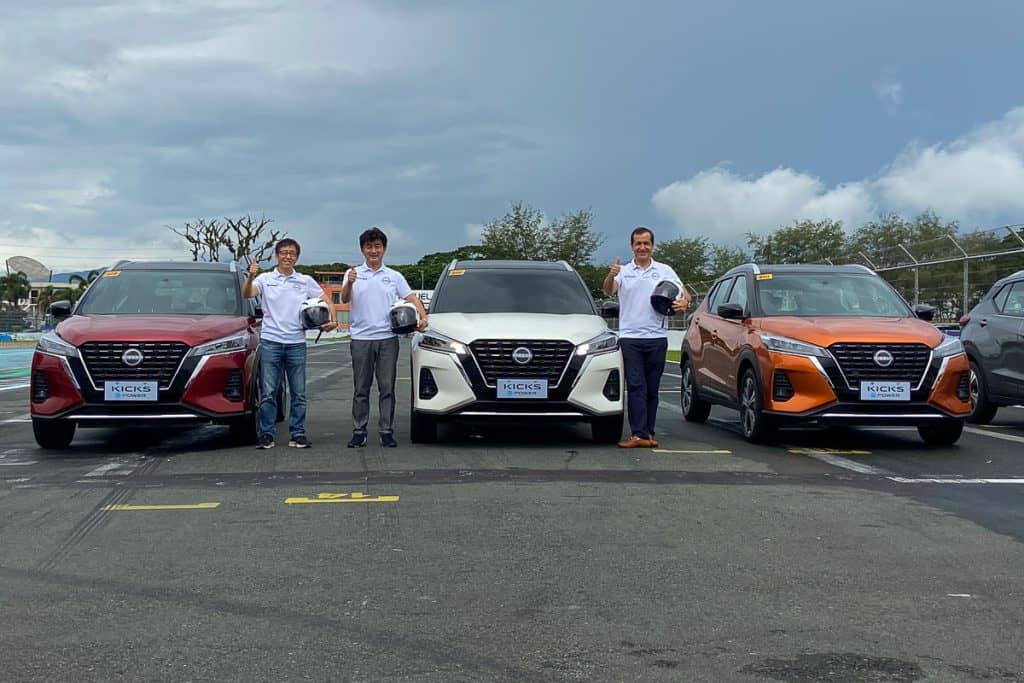
Nissan Philippines didn’t provide the exact date of the Kicks e-POWER’s launch in August. All I was given was the timeline, which will be around the second week of that month. Pricing hasn’t been disclosed as well, but there will be three variants on offer.
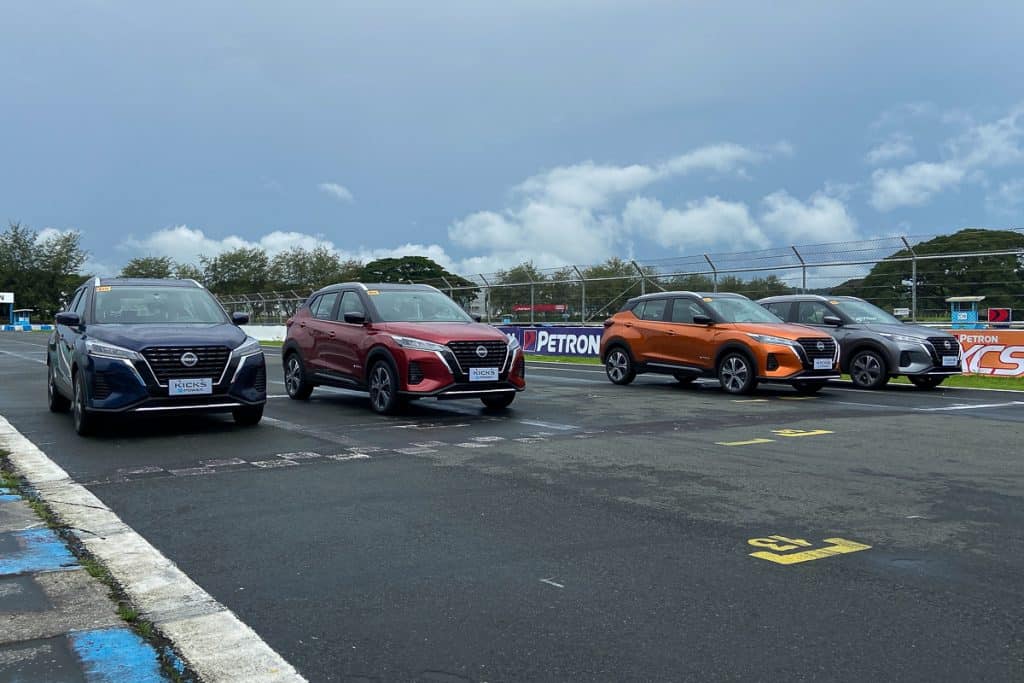
Since the Kicks e-POWER will essentially sit atop the Almera in Nissan’s current lineup, and the Corolla Cross HEV will be its main competitor in the segment, I have ideas when it comes to pricing.
If I have to bet on it, I’d say the Kicks e-POWER will start at around P1.2 million for the base variant, while the top-spec variant will hover around the P1.5 million mark.

